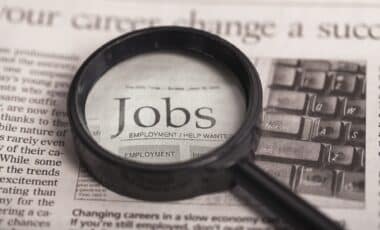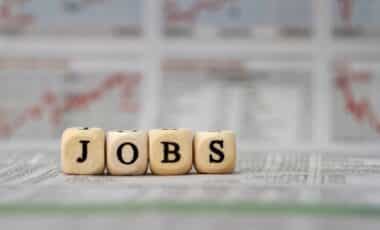The Reserve Bank of Australia (RBA) is expected to make a key interest rate cut in August, following a surprising rise in unemployment for June. While economic indicators have fluctuated, the unemployment rate’s increase to 4.3% has prompted market analysts to reassess previous forecasts. This shift could lead to changes in monetary policy that will impact consumers, businesses, and the broader economy.
The decision to cut interest rates is closely linked to these recent economic changes, particularly in employment trends. With expectations surpassing the 4% mark, the RBA’s next move will likely be shaped by the latest data, especially considering how this unemployment rise contrasts with earlier projections.
Unemployment Rises Beyond Expectations
In June, Australia’s unemployment rate unexpectedly climbed to 4.3%, exceeding the market’s anticipated 3.9%. This rise is significant, as it marks the first time since early 2023 that unemployment has increased to such a degree. While job growth had been relatively steady in the first half of the year, this sharp uptick in joblessness has raised concerns about the current trajectory of the economy.
Economists had predicted a more stable or slightly declining unemployment rate, given Australia’s strong economic recovery after the pandemic. However, the unexpected rise in unemployment signals potential weaknesses in the labor market, which may influence the Reserve Bank’s decision-making in the coming weeks.
The Likely August Interest Rate Cut
Given the recent rise in unemployment, the market now expects the RBA to reduce interest rates in August. The central bank has maintained higher interest rates for most of the year, aiming to control inflation and cool down an overheating economy. However, with the labor market showing signs of strain, a rate cut could be the RBA’s response to mitigate the growing unemployment trend and stimulate economic activity.
A rate cut could make borrowing cheaper, potentially spurring consumer spending and business investment. This shift would also help lower the burden on households with higher mortgage repayments, as many Australian homeowners are feeling the pinch of elevated interest rates.

Implications for the Australian Economy
The rise in unemployment and the subsequent rate cut have wide-reaching implications for the Australian economy. If the RBA moves to cut interest rates, it could provide some relief to struggling sectors, including housing and retail. Lower rates generally boost consumer confidence, encouraging spending and borrowing, which may counterbalance some of the economic drag caused by rising unemployment.
However, this shift could also bring about risks. A rate cut may not be sufficient to address deeper issues within the labor market, and prolonged high unemployment could affect household income levels and economic growth. Additionally, while a rate reduction might ease some pressures, it could also bring about renewed inflationary pressures if demand within the economy rises too quickly.
Financial Market Reactions and Future Predictions
Financial markets have already begun adjusting to the likelihood of an interest rate cut, with analysts revising their predictions for the near future. Stock markets, particularly those related to the housing sector, could see positive movements if borrowing costs decrease. On the other hand, financial institutions and investors may also remain cautious, monitoring how inflation and global economic conditions interact with domestic policy changes.
As market reactions continue to evolve, experts are closely watching how the RBA balances the need to address unemployment with its broader mandate to control inflation and stabilize the Australian dollar. The coming months will likely be pivotal in determining how well the economy responds to these shifts and how the central bank manages its dual responsibilities of fostering employment and maintaining price stability.









